Biology of Semiarid Tropical Fish
Brazil is home to equatorial, tropical, semi-arid, highland tropical, and subtropical climatic regions. The semiarid region of Northeastern Brazil, considered an area of drought polygon, has distinctive scrub vegetation referred to as Caatinga that covers over 10% of the Brazilian territory with approximately twenty million inhabitants. The Caatinga is considered one of the 37 Wilderness Areas of the World, and it plays an important role in the maintenance of regional macro-ecological processes, as well as indirectly supporting regions with biodiversity and endemism. The Brazilian semiarid region is also home to Neotropical fish species that occur in diversified aquatic ecosystems, exhibiting different strategies to survive and reproduce. In this scenario of fantastic diversity there exists an intensive and yet insufficiently known interaction of environmental factors and fish communities. To fully understand this it is necessary to know the details about how it works. For completed book description please visit our website at the link below.
{{comment.content}}

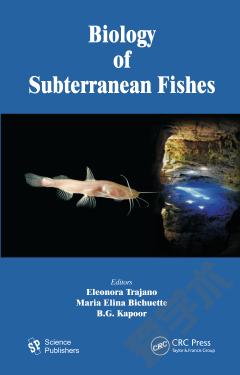
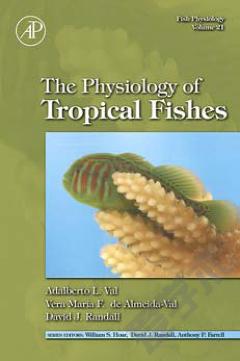
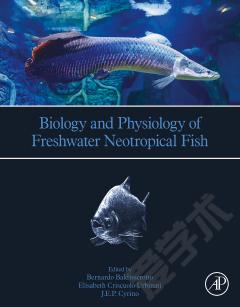
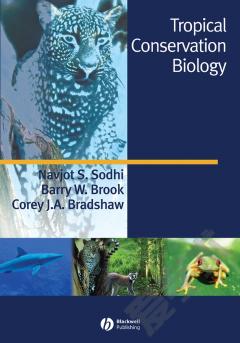
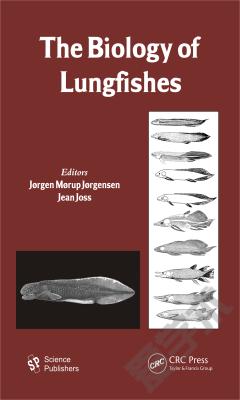
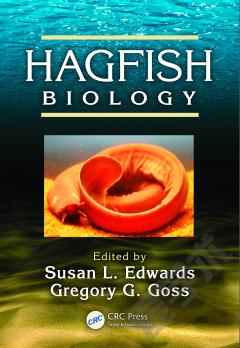

 京公网安备 11010802027623号
京公网安备 11010802027623号